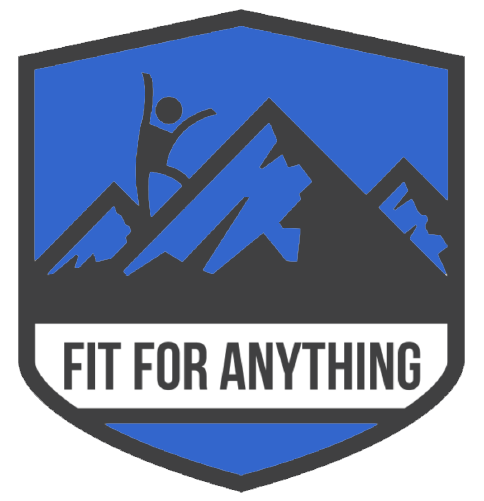It isn't often that a personal trainer tells you to do less. We aren't monsters however we all know that when it comes to achieving your goals and dreams that it is hard work that is going to get you there the quickest.
That hasn't changed however when it comes to burning fat less does tend to be more. That doesn't mean that you can give up on breaking a sweat altogether I'm afraid however research tells us that the most effective routines for burning fat are those which include high intensity workouts for shorter periods of time.
While a twenty to a maximum of thirty minutes per session might to some seem too brief to be effective the opposite is in fact true. If that workout is efficient it will be enough to give your metabolism the boost it needs while burning fat and building lean muscle in record time.
Try not to focus here on the time span as the level of intensity the workout involves is what is really key. Push hard and see (and feel!) the results quicker. High intensity is the key however if you are a newbie to working out do not immediately burst into lung burning exercise sessions as the chances are you are more likely to injure yourself than actually reap any benefit from the session.
While high intensity short time frame workout sessions are the very best option for effective fat burning by their very nature they push the body to the limit and so warming up properly and choosing the best routines for targeting certain areas is essential.
How to Increase the Intensity of Your Workouts
Check Your Speed
Look at the speed at which you work out. Changing the beat or your speed changes how hard your body works and may make quite a difference. Don't be fooled in thinking that the faster you go will always mean the harder you are working though as when it comes to some routines slowing the tempo down somewhat puts more emphasis on certain muscle groups, increase the tension they are under and therefore working them harder.
An effective count-reminder for your routine tends to include a one-beat count on the initial push or pull motion with a controlled and regularly spaced two-beat count when pulling back (etc). This takes practice to get right however is the more effective way of making your body work at a higher intensity without trying to speed your way around the gym (and potentially injure yourself). You'll know if you've got the tempo right as you'll feel it.
Build Up Your Weights
If you are using weights as part of your workout increase the intensity of this by increasing the weight load you work with. Choosing the right weights comes down to individual ability more than anything else and so you need to work to find the right pull or burn for you. Don't be tempted to ramp up the weight too quickly though as that is a sure-fire way to injure yourself rather than increase the intensity in order to succeed.
Alter Your Rest Periods
When working out in an intensive way for short periods your rest periods being very necessary given that they give your body an opportunity to rest and recover and for you to refocus. That said, reducing your rest periods, giving yourself enough time yet not more and then launching into another workout is a great way to further increase the intensity of your regime without causing injury (if done properly).
This method is known as metabolic conditioning (something I'll blog about more fully another day) and is also highly effective for those who are in training for endurance events.
Of course for other goals picking up the beat to increase the burn could be a good idea, especially for shorter work outs.
If you are in doubt about whether to speed up, slow down or how to maximise the intensity of your shorter timed workouts the best way to ensure you get it right is to ask your friendly pro-fitness personal trainer!

